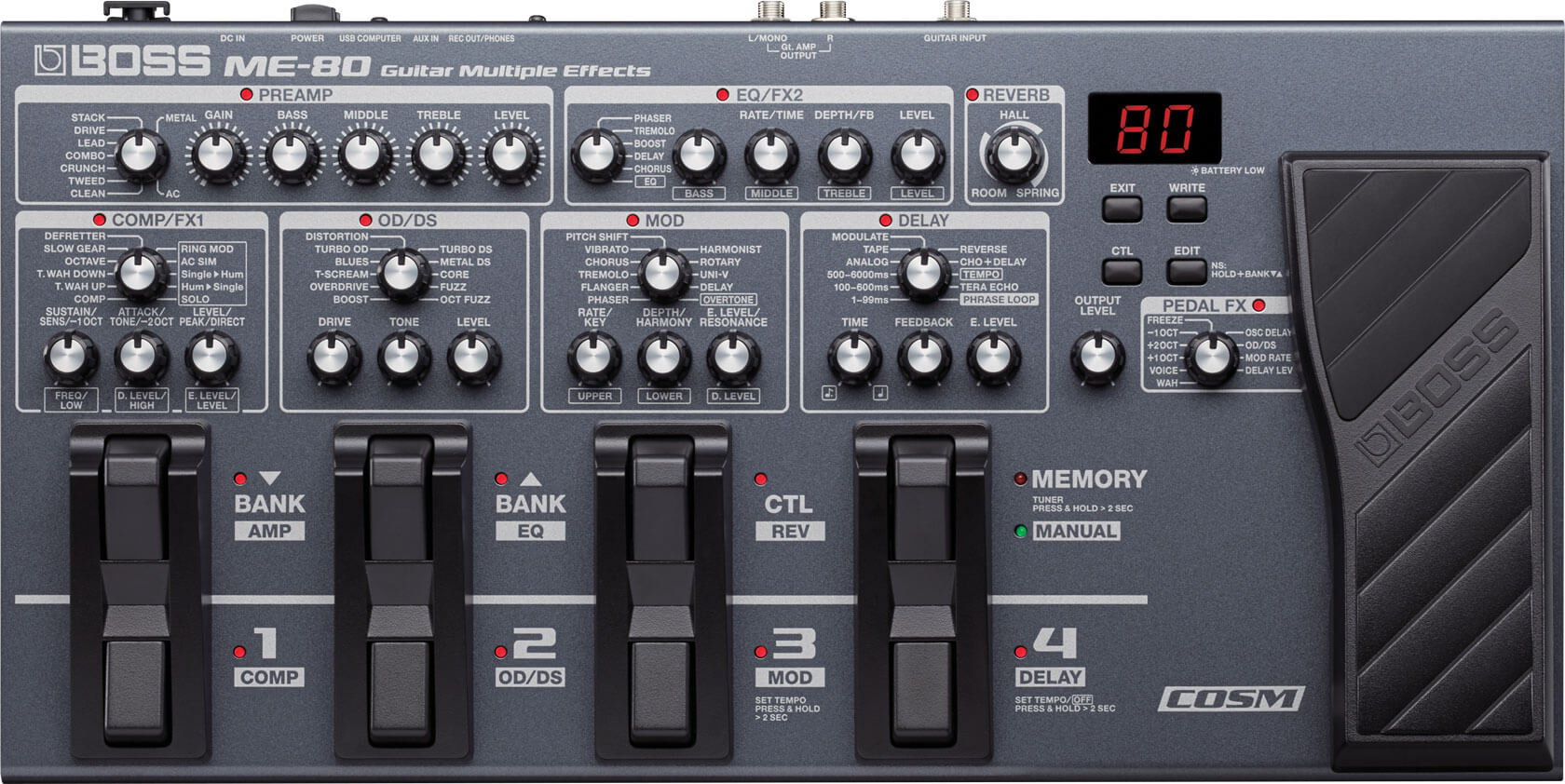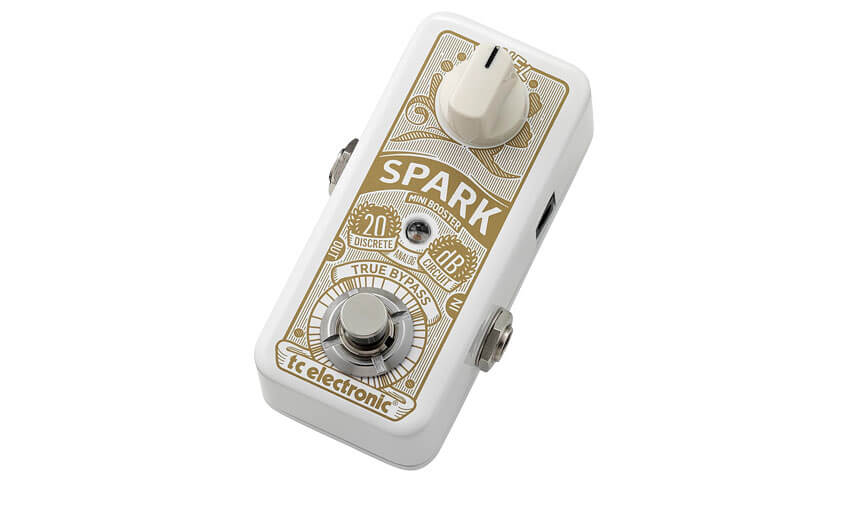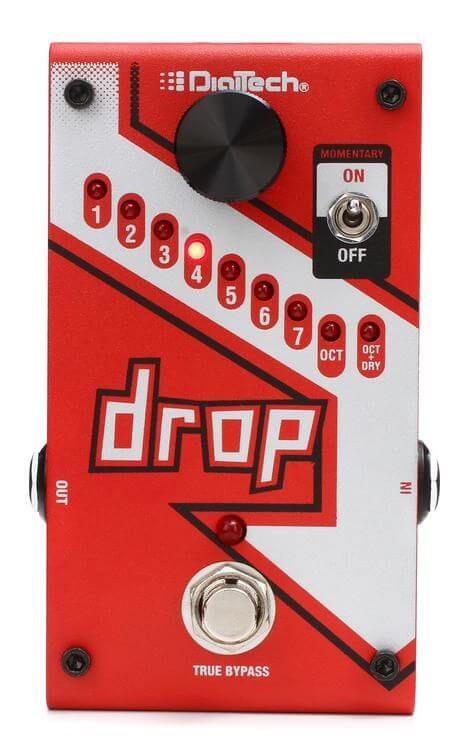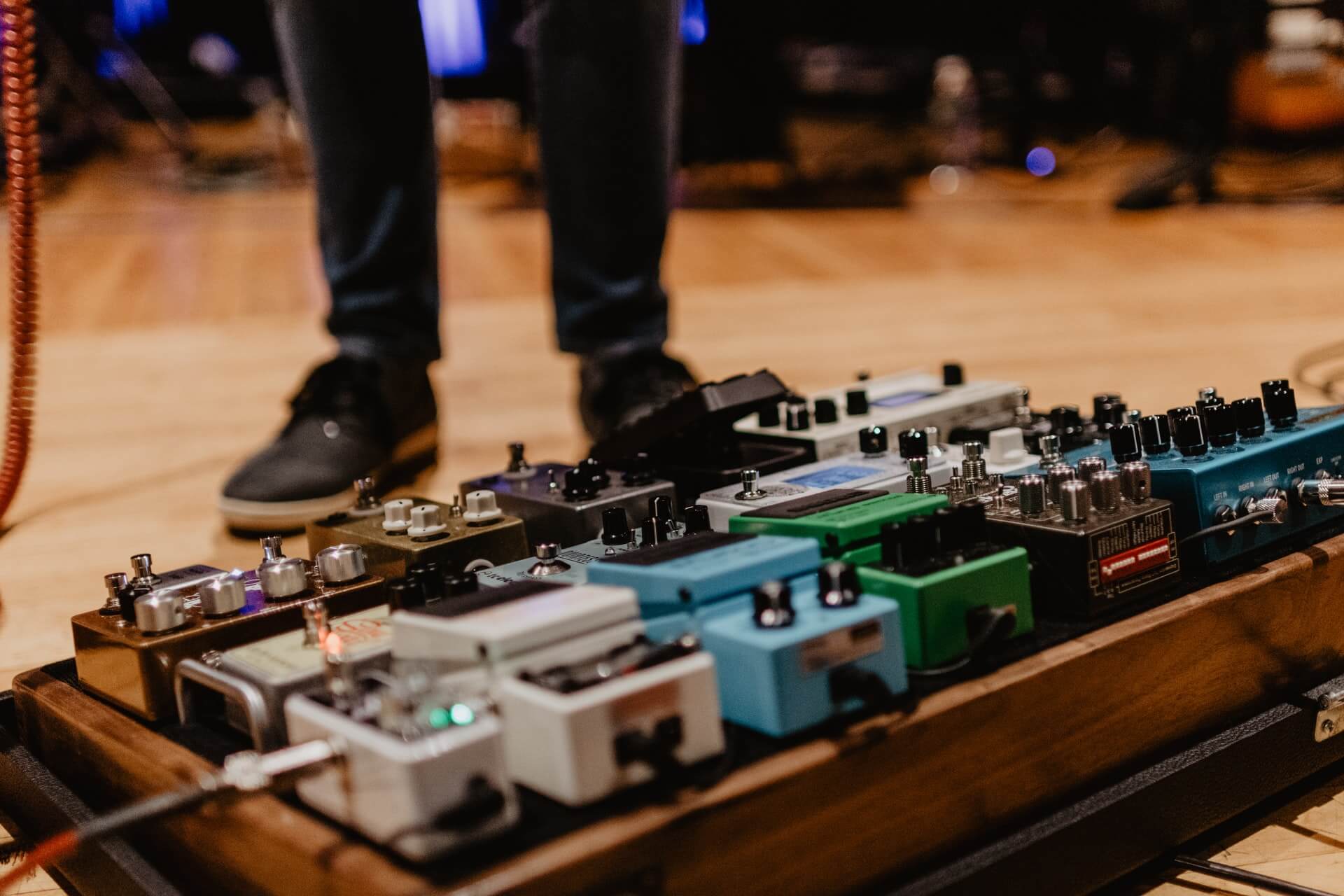Guitar pedals can help you or hurt you. This is a topic not for the faint of heart. A multi effects unit such as the Boss ME 80 is great for those looking to enhance their sound with a single entity. Though they can be complicated, many of them however do have patches via the internet to scoop ones sound. Many companies create multi effects units so do your research.

Pedals though. Oh my goodness. Where do we start? So many wonderful pedals. Shapes, sizes, colors. They are endless, but can give you the tone you desire when put up against a good amplifier and speaker. I think the best we can do here is give all the users of this site some insight to basic pedalboard setup.
First things first. Below is a basic plan. The order in which pedals should be set up. I will discuss it, then we’ll talk about the “no right or wrong” scenario.

Lets just back up for a moment. Some players do not need or want all these pedals above. Zakk Wyld has one of the smallest and simplest boards I can think of.

And yet some are so complex I can’t wrap my head around were the sound is anymore.

Alright, lets get back to the order of things.
- Guitar
- Tuner
- Wah Wah pedal or Volume pedal
- Overdrive
- Distortion
- Chorus
- Delay
- Reverb
Now, here is the thing. If your amplifier has reverb, you probably don’t need it. If you have a juicy delay pedal you may not need a reverb pedal. There are also Compression pedals and Noise Gate pedals etc. Do you see where I am going with this? It is almost endless. But in a really good way. Electro Harmonix makes all kinds of pedals with sound effects (The BIG MUFF for example.) So about the “pedal order.” If you have an effects loop on your amplifier you should try placing pedals such as delay, reverb, chorus through there. Yes you need more instrument patch cables for this set up. Notice I said “instrument cables” not speaker cables.

I push my entire pedalboard through the front of the amplifier on the clean channel setting. I also have what is known as a Noise Gate pedal (keeps all the hissing quiet) and a volume pedal called Spark.

Placements of these pedals differ. Especially for the Spark volume pedal. If put in front of the overdrive and or distortion pedal it drives them harder but after these pedals, it boosts the overall volume of everything. Noise Gate (or noise killer) is at the end part of the pedal train just before the delay (delay is the last pedal on the board.
We will cover one last thing then call this a day. Digitech Drop. The best thing ever! Guitars are made with a certain amount of string tension on them. Don’t mess with it! This pedal is directly after the tuner on my board. One guitar, no fuss. Drop D tuning is the only thing you will ever need to do if this dons your board. There is no lag time. It is simply incredible. Should you read a bad review about it, keep in mind companies hire people to right bad reviews on a product to make themselves look good. So much more to cover. Any questions on this topic feel free drop a comment below.

Pedal Baby 100
When it comes to pedals or multi-effects, Orange Pedal Baby 100 is just what you need to bring them to life.
The Pedal Baby 100 is a 100W class A/B power amplifier designed for the touring musician. Neutral-sounding but still flattering, it’s perfect for guitarists running pedal boards, modelers, or digital processors. Light, (only about 7lbs) compact, and built for the road; fly dates and changing venues are all taken in its stride.
Class A/B Power Amp
While Class D amps are favored for their efficiency, Class A/B amps have a certain “feel” that you can’t get any other way. The Pedal Baby 100 gives guitarists back the dynamics, punch, and natural sound that is missing in modern power amps. Plus, Class A/B amps produce real power through standard guitar cabs; 100W into 8 ohms and 70W into 16 ohms, to be precise.
Class A Front End
Inspired by valve amp design, the Pedal Baby 100 uses a Class A, single-ended front end. Forget sterile-sounding Solid State amps, the Pedal Baby 100 keeps all of your tone’s mojo, then adds a bit more.
EQ Designed for Pedals
Different from traditional guitar amplifiers, the EQ has been designed to be flatter and more neutral. At 12 o’clock (neutral) the EQ cuts out allowing the tone to be exactly what your pedals define. With a responsive Bass and Treble control, guitarists can tune their cabinet to get the tone they’re looking for.
Pedal Baby: Small and Portable
Weighing around 7.05 lbs and powering big cabs on big stages, the Pedal Baby 100 is the perfect amp for fly dates or any guitarist travelling light. Downsize your rig, not your tone.
Pedalboards
Pedalboards usually come with rolls of Velcro or non-trademarked “hook-and-loop fasteners” – tape for you to stick on the ‘board and pedals for a solid connection. So long as the pedals stay put, that’s the main thing. Blackbird Pedal Boards come with Velcro. It holds pedals super strong!
A carrying case/gig bag for the Blackbird Pedal Board is ideal to have as well. it is an essential upgrade for the touring musician. If the case has extra storage space for additional cables, cable ties, tape and your picks, sheet music, then all the better.
Other features to look out for include the pedalboard’s power plant. You’ll also need a 9V/18V power supply and connections, or the space to specifically mount one. It can come in mighty handy when you have a lot of pedals or multi effects board to run.
Slanted designs commonly allow you to mount a power supply beneath the pedalboard. Especially on the Blackbird Pedal Board, allowing you to use the full expanse of its top-side.
